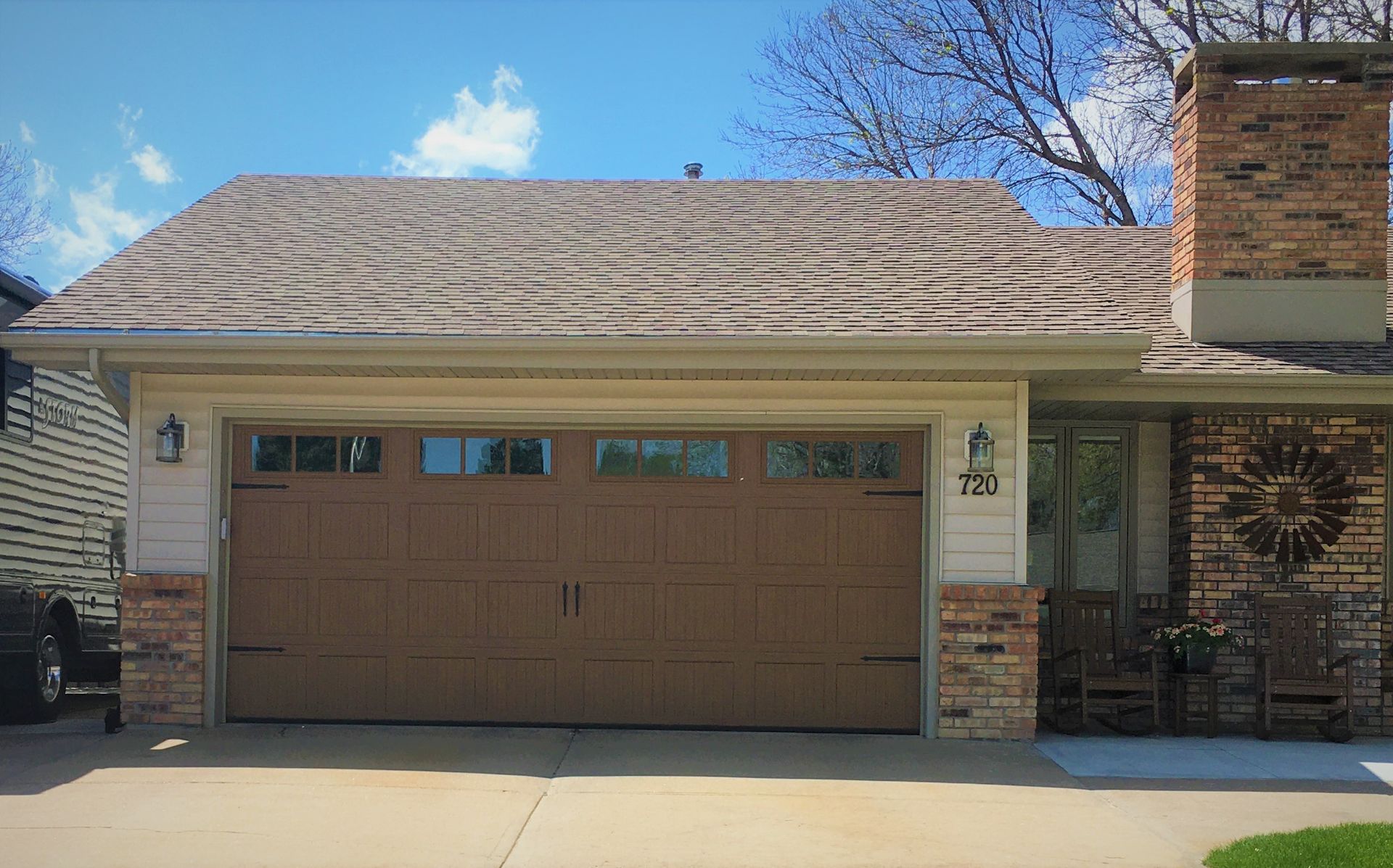The weather can have a huge impact on your roof. Understanding the challenges each season brings can help protect and extend your roof's life. Let’s dive into how weather affects your roof and tips for year-round protection.

The Effects of Rain, Snow, and Heat on Roofs
Rain: Persistent rain can lead to leaks, mold, and erosion if your roof isn’t properly sealed. Standing water can damage shingles and cause rot in wooden structures.
Snow and Freezing Weather: Snow buildup can cause your roof to sag or even collapse if left unchecked. Ice dams form when melting snow refreezes at the roof’s edge, blocking drainage and causing leaks.
Summer Heat: Excessive heat can cause shingles to warp, crack, or even buckle. The expansion and contraction of roofing materials in hot weather can weaken their structure over time.
How to Prepare Your Roof for Harsh Weather
To protect your roof from extreme weather conditions, it’s important to:
- Clear gutters: Ensure that gutters and downspouts are clear of debris to prevent water backup during rain or snow melt.
- Check your shingles: Examine your shingles and replace any that are damaged or missing to prevent leaks and additional damage.
- Check for cracks: Seal any cracks or gaps you find to stop water from entering your roof during rainy or snowy weather.
- Ensure proper insulation: Proper insulation helps keep your home energy-efficient and prevents the formation of ice dams.
Regular Roof Inspections and Repairs
We recommend getting a professional roof inspection at least twice annually—once in spring and once in fall. Our experts will assess any weather-related damage and provide recommendations for repairs to help your roof withstand extreme weather.